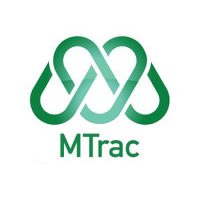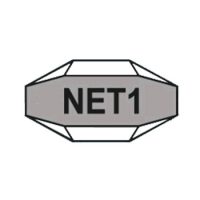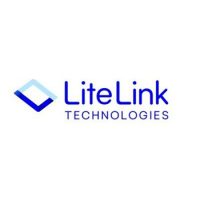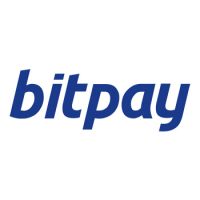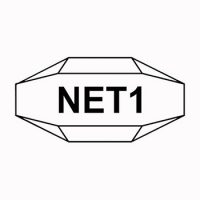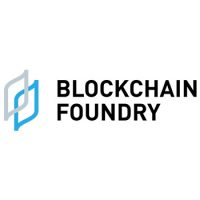Blockchain Press Releases
Kanazawa University research: Researchers define a protocol for narrow cantilever fabrication and high-resolution imaging of living cells using AFM
KANAZAWA, Japan, Aug. 9, 2023 /PRNewswire/ — Researchers at Kanazawa University report in STAR Protocols procedural details and tips for nanoendoscopy-AFM, for capturing images of nanoscale structures inside living cells.
Images of nanoscale structures inside living cells are in increasing demand for insights into cellular structure and function they can reveal. So far, the tools for capturing such images have been limited in various ways, but researchers led by Takeshi Fukuma and Takehiko Ichikawa at Kanazawa University have now devised and reported a full protocol for using atomic force microscopy (AFM) to image inside living cells.
AFM was first developed in the 1980s and uses the changes in the forces between a sample surface and a nanoscale tip attached to a cantilever to “feel” surfaces and produce images of the topography with nanoscale resolution. The technique has grown increasingly sophisticated for extracting information about samples and at speeds sufficient for the tool to capture moving images of dynamics at the nanoscale. However, so far, it has been limited to surfaces. Other techniques exist that can provide a view of the inside of a cell but with limitations. For instance, there is electron microscopy, which is capable of resolving details at the nanoscale and smaller, but the required operating conditions are not compatible with living cells. Alternatively, fluorescence microscopy is regularly used on living cells, but while fluorescence techniques exist to increase the resolution, there are practical challenges that inhibit fluorescence imaging at the nanoscale. AFM suffers from neither limitation and by embellishing the tool with a nanoneedle to penetrate cells, Fukuma, Ichikawa and their collaborators have recently demonstrated the capability to image inside cells at the nanoscale, which they describe as nanoendoscopy-AFM.
In their protocol, the researchers break down the method for nanoendoscopy-AFM into 4 stages. The first few steps involve cell preparation and staining with a fluorescent dye and checking the fluorescence, which is used to identify the imaging area quickly. Next is the fabrication of the nanoneedles themselves, for which there are two options – either etching away a nanoneedle structure with a focused ion beam or building one up with electron beam deposition. Then comes the nanoendoscopy stage itself, and in the report, the researchers describe the approach for both 2D and 3D nanoendoscopy. There are even details outlined to describe the best way to clean up after the nanoendoscopy images are captured before finally outlining the data processing needed to visualize the measured data. The method is replete with tips for successfully accomplishing each stage, as well as a guide for troubleshooting when things are not quite working out.
This technique should be suitable for the observation of intact intracellular structures, including mitochondria, focal adhesions, endoplasmic reticulum, lysosomes, Golgi apparatus, organelle connections, and liquid-liquid phase-separated structures. They conclude, “This protocol can be expected to become a standard tool for studying nanoscale structures.”
Figure: https://nanolsi.kanazawa-u.ac.jp/wp/wp-content/uploads/Graphical-abstract_EN.jpg
Caption: Overview of the method for observing actin fibers in living cells using nanoendoscopy-AFM. © 2023 Ichikawa, et al., STAR Protocols
Glossary
Atomic force microscopy
Atomic force microscopy detects the attractive forces between a sample surface and tip from the resulting deflection of a cantilever that bears a nanoscale tip. Because the tip gradually tapers to such a small area, and the attractive forces dwindle so rapidly with distance, the topography of the surface can be obtained with nanoscale resolution. The technique was first reported shortly after the scanning conductance microscope, and although it was not the first to report an imaging resolution potential on the atomic scale, it had the great advantage of operation requirements that are compatible with non-conducting samples and living cells. It has also since provided valuable insights into dynamic insights with the development of a high-speed version of the tool at Kanazawa University. The development of this nanoendoscopy-AFM to penetrate cells extends the scope of the tool even further.
In one variation of AFM, the tip oscillates up and down as it is scanned over a structure, and the effect of changes in the resonance frequency of the oscillating tip gives an indication of the forces it is subject to. Tapping, dynamic, or AC AFM, as this has been described, has been attractive for imaging fragile structures as no contact is made. Here it is used inside the cell for 2D nanoendoscopy. An alternative is 3D nanoendoscopy, where at each point that is raster scanned, the tip is retracted by a specified distance, which may be between 0.1 and 1 micrometres. The measured force until it reaches the set point is then noted at each point.
Reference
Takehiko Ichikawa, Mohammad Shahidul Alam, Marcos Penedo, Kyosuke Matsumoto, Sou Fujita, Keisuke Miyazawa, Hirotoshi Furusho, Kazuki Miyata, Chikashi Nakamura and Takeshi Fukuma
Protocol for live imaging of intracellular nanoscale structures using atomic force microscopy with nanoneedle probes, STAR Protocols September 15, 2023.
DOI:10.1016/j.xpro.2023.102468
URL: https://doi.org/10.1016/j.xpro.2023.102468
Contact
Hiroe Yoneda
Senior Specialist in Project Planning and Outreach
NanoLSI Administrative Office
WPI Nano Life Science Institute (WPI-NanoLSI)
Kanazawa University
Kakuma-machi, Kanazawa 920-1192, Japan
Email: [email protected]
Tel: +81 (76) 234-4550
About Nano Life Science Institute (WPI-NanoLSI)
https://nanolsi.kanazawa-u.ac.jp/en/
Nano Life Science Institute (NanoLSI), Kanazawa University is a research center established in 2017 as part of the World Premier International Research Center Initiative of the Ministry of Education, Culture, Sports, Science and Technology. The objective of this initiative is to form world-tier research centers. NanoLSI combines the foremost knowledge of bio-scanning probe microscopy to establish ‘nano-endoscopic techniques’ to directly image, analyze, and manipulate biomolecules for insights into mechanisms governing life phenomena such as diseases.
About Kanazawa University
http://www.kanazawa-u.ac.jp/e/
As the leading comprehensive university on the Sea of Japan coast, Kanazawa University has contributed greatly to higher education and academic research in Japan since it was founded in 1949. The University has three colleges and 17 schools offering courses in subjects that include medicine, computer engineering, and humanities.
The University is located on the coast of the Sea of Japan in Kanazawa – a city rich in history and culture. The city of Kanazawa has a highly respected intellectual profile since the time of the fiefdom (1598-1867). Kanazawa University is divided into two main campuses: Kakuma and Takaramachi for its approximately 10,200 students including 600 from overseas.

Blockchain
Ethereum ETFs Aren’t Blockchain But Is A Revolutionary Tech: Top 6 Amazing Reasons To Invest In Them
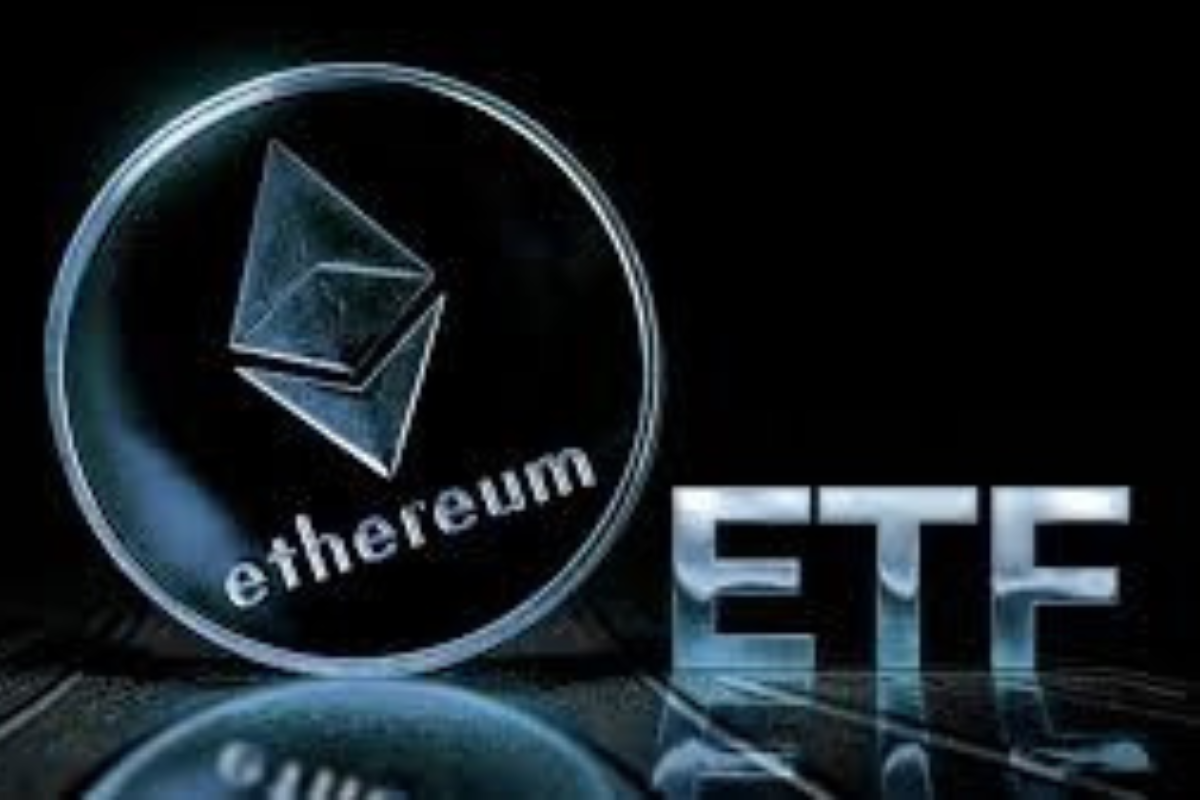
The financial landscape is rapidly evolving, with the integration of blockchain technology and cryptocurrencies becoming more prominent. Among these, Ethereum ETFs (Exchange-Traded Funds) have emerged as a significant investment vehicle, offering exposure to the Ethereum blockchain’s native cryptocurrency, Ether (ETH), without requiring direct ownership. However, it’s crucial to understand that Ethereum ETFs are distinct from the blockchain itself and serve different purposes in the investment world.
Understanding Ethereum and ETFs
Ethereum: A decentralized platform that enables the creation and execution of smart contracts and decentralized applications (dApps). It operates using its cryptocurrency, Ether (ETH), which fuels the network.
ETF (Exchange-Traded Fund): A type of investment fund that holds a collection of assets and is traded on stock exchanges. ETFs can include various asset classes, such as stocks, commodities, or bonds.
Ethereum ETFs: The Intersection of Traditional Finance and Cryptocurrency
An Ethereum ETF provides a way for investors to gain exposure to the price movements of Ether without directly purchasing the cryptocurrency. This is achieved through an ETF structure, where the fund holds assets linked to the value of Ether, and investors can buy shares of the ETF on traditional stock exchanges.
Key Features of Ethereum ETFs:
- Indirect Exposure: Investors gain exposure to Ether’s price changes without needing to manage or store the cryptocurrency themselves.
- Regulatory Compliance: Unlike the relatively unregulated cryptocurrency market, ETFs operate under the oversight of financial regulators, offering a layer of investor protection.
- Accessibility: Ethereum ETFs are available through traditional brokerage platforms, making them accessible to a broader range of investors.
Why Invest in an Ethereum ETF?
- Diversification: Including an Ethereum ETF in a portfolio can provide exposure to the cryptocurrency market, potentially enhancing diversification beyond traditional assets.
- Convenience and Familiarity: ETFs are a familiar investment product, simplifying the process of investing in cryptocurrencies.
- Professional Management: ETF managers handle the investment decisions, including the buying and selling of assets, which can be advantageous for those less familiar with the cryptocurrency space.
- Regulatory Oversight: ETFs are subject to regulatory scrutiny, potentially offering more safety and transparency compared to direct cryptocurrency investments.
- Potential for Growth: As the cryptocurrency market grows, ETFs linked to assets like Ether may benefit from rising prices.
Key Differences Between Ethereum and Ethereum ETFs
While both are related to the Ethereum blockchain, Ethereum itself and Ethereum ETFs represent different forms of investment:
- Ethereum (ETH):
- Direct ownership of the cryptocurrency.
- Full exposure to Ethereum’s features, including staking and network participation.
- Traded on cryptocurrency exchanges.
- Highly volatile and largely unregulated.
- Ethereum ETF:
- Indirect exposure through shares representing Ether’s value.
- Traded on traditional stock exchanges under regulatory oversight.
- Offers a more stable and familiar investment structure.
- Typically lower volatility compared to direct cryptocurrency ownership.
Future Considerations for Ethereum ETFs
The approval and launch of Ethereum ETFs mark a significant milestone in bringing cryptocurrencies closer to mainstream finance. They offer a convenient and regulated means for investors to gain exposure to the growing digital assets market. However, they also come with limitations, such as not allowing direct participation in the Ethereum ecosystem’s innovations, like dApps and smart contracts.
As the market evolves, we may see more sophisticated financial products that better capture the full potential of the Ethereum ecosystem. For now, Ethereum ETFs provide a balanced option for those interested in cryptocurrency exposure within the framework of traditional finance.
In conclusion, while Ethereum ETFs offer a gateway into the world of digital assets, they should be viewed as complementary to, rather than a replacement for, direct investment in the underlying blockchain technologies. Investors should carefully consider their investment goals, risk tolerance, and the unique attributes of both Ethereum and Ethereum ETFs when making investment decisions.
Source: blockchainmagazine.net
The post Ethereum ETFs Aren’t Blockchain But Is A Revolutionary Tech: Top 6 Amazing Reasons To Invest In Them appeared first on HIPTHER Alerts.
Blockchain
Nexo Reaffirms Commitment to Data Protection with SOC 3 and SOC 2 Compliance
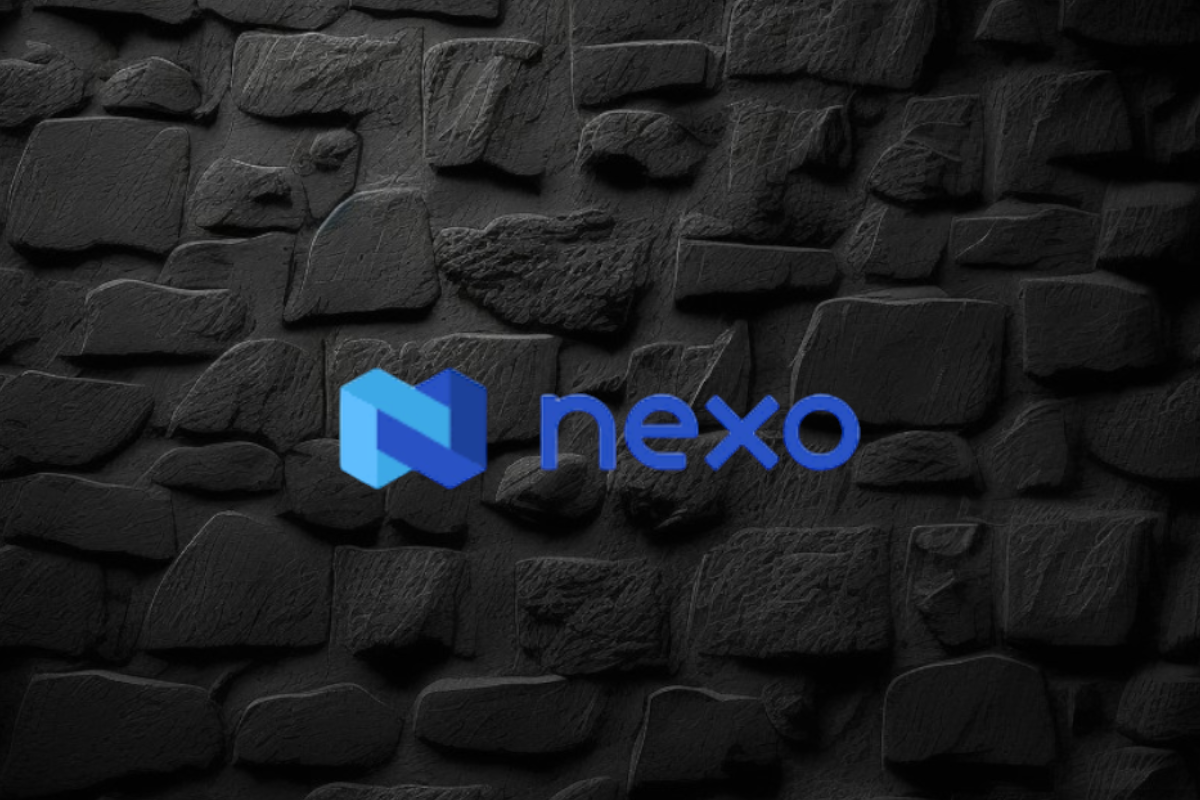
Nexo, a leading institution in the digital assets industry, has reinforced its commitment to data security by renewing its SOC 2 Type 2 audit and attaining a new SOC 3 Type 2 assessment without any exceptions. This rigorous audit process, conducted by A-LIGN, a respected independent auditor specializing in security compliance, confirms Nexo’s adherence to stringent Trust Service Criteria for Security and Confidentiality.
Key Achievements and Certifications
- SOC 2 and SOC 3 Compliance:
- SOC 2 Type 2: This audit evaluates and reports on the effectiveness of an organization’s controls over data security, particularly focusing on the confidentiality, integrity, and availability of systems and data.
- SOC 3 Type 2: This public-facing report provides a summary of SOC 2 findings, offering assurance to customers and stakeholders about the robustness of Nexo’s data security practices.
- Additional Trust Service Criteria:
- Nexo expanded the scope of these audits to include Confidentiality, showcasing a deep commitment to protecting user data.
- Security Certifications:
- The company also adheres to the CCSS Level 3 Cryptocurrency Security Standard, and holds ISO 27001, ISO 27017, and ISO 27018 certifications, awarded by RINA. These certifications are benchmarks for security management and data privacy.
- CSA STAR Level 1 Certification:
- This certification demonstrates Nexo’s adherence to best practices in cloud security, further solidifying its position as a trusted partner in the digital assets sector.
Impact on Customers and Industry Standards
Nexo’s rigorous approach to data protection and compliance sets a high standard in the digital assets industry. By achieving these certifications, Nexo provides its over 7 million users across more than 200 jurisdictions with confidence in the security of their data. These achievements not only emphasize the company’s dedication to maintaining top-tier security standards but also highlight its proactive stance in fostering trust and transparency in digital asset management.
Nexo’s Broader Mission
As a premier institution for digital assets, Nexo offers a comprehensive suite of services, including advanced trading solutions, liquidity aggregation, and tax-efficient credit lines backed by digital assets. Since its inception, the company has processed over $130 billion, showcasing its significant impact and reliability in the global market.
In summary, Nexo’s successful completion of SOC 2 and SOC 3 audits, along with its comprehensive suite of certifications, underscores its commitment to the highest standards of data security and operational integrity. This dedication positions Nexo as a leader in the digital assets space, offering unparalleled security and peace of mind to its users.
Source: blockchainreporter.net
The post Nexo Reaffirms Commitment to Data Protection with SOC 3 and SOC 2 Compliance appeared first on HIPTHER Alerts.
Blockchain
Marshall Becomes First US Senator to Walk from Controversial Crypto Bill He Co-Sponsored

Republican Senator Roger Marshall has withdrawn his support for the Digital Asset Anti-Money Laundering Act of 2023, a controversial bill he initially co-sponsored with Senator Elizabeth Warren and others. This bill, reintroduced in the Senate on July 27, 2023, aimed to bring the cryptocurrency industry into alignment with existing anti-money laundering (AML) and counter-terrorism financing (CTF) laws.
Key Provisions of the Bill
The legislation proposed stringent regulations on digital asset providers, including unhosted wallet providers, miners, and validators, by classifying them as financial institutions under the Bank Secrecy Act (BSA). It mandated these entities to adhere to BSA compliance requirements, which include extensive reporting and monitoring responsibilities. Additionally, the bill called for the Financial Crimes Enforcement Network (FinCEN) to establish regulations for reporting significant foreign digital asset holdings and to create compliance measures to address risks associated with anonymity-enhancing technologies.
Senator Marshall’s Shift
Marshall’s withdrawal from the bill comes as a surprise, particularly given his earlier criticisms of cryptocurrencies, which he has described as a “threat to national security.” This includes concerns over stablecoins like Tether potentially facilitating illegal activities and circumventing U.S. sanctions. Despite his earlier stance, Marshall’s departure from the legislation suggests a reconsideration of the bill’s implications or an alignment with broader political and industry perspectives on cryptocurrency regulation. His office has not provided a comment on the reasons for his withdrawal.
Political and Industry Reactions
The bill had garnered significant bipartisan support, with 18 co-sponsors, reflecting a broader concern in Congress over regulating the rapidly growing cryptocurrency market. However, it has also faced criticism for potentially imposing impractical compliance burdens that could stifle innovation and push crypto activities offshore. Critics argue that the bill’s stringent requirements could inadvertently drive users toward unregulated platforms, thereby undermining its intent to enhance security and regulatory oversight.
Broader Context
The withdrawal comes at a time when cryptocurrency regulation is a highly contentious issue in U.S. politics. Former President Donald Trump has promised to relax crypto regulations if elected, contrasting with the current administration’s more stringent stance. Under President Joe Biden, the Securities and Exchange Commission (SEC) and other regulatory bodies, led by figures like Gary Gensler, have taken a more rigorous approach to regulating the sector, which has drawn criticism for being overly restrictive.
Senator Marshall’s decision to step back from the Digital Asset Anti-Money Laundering Act reflects the complex and evolving nature of cryptocurrency regulation in the U.S. While the bill seeks to bring greater oversight and security to the crypto industry, it also raises concerns about regulatory overreach and its potential negative impact on innovation and privacy. As the debate continues, the U.S. legislative and regulatory landscape for cryptocurrencies remains in flux, balancing the need for security with the desire to foster technological innovation.
Source: decrypt.co
The post Marshall Becomes First US Senator to Walk from Controversial Crypto Bill He Co-Sponsored appeared first on HIPTHER Alerts.
-

 Blockchain4 days ago
Blockchain4 days agoBinance Cleared to Invest Customer Assets in US Treasury Bills: What It Means for Crypto and Dollar Dominance
-

 Blockchain4 days ago
Blockchain4 days agoDeep Custodian Limited Obtains Hong Kong TCSP License, Authorized to Provide Compliant Crypto Asset Custody Services
-

 Blockchain2 days ago
Blockchain2 days agoBlockchain Intelligence Group adds additional modules and launches its Certified Cryptocurrency Investigator – Advanced Series
-

 Blockchain Press Releases2 days ago
Blockchain Press Releases2 days agoBybit Web3 Livestream Explores Cultural Meme Coins and Other Trends
-

 Blockchain3 days ago
Blockchain3 days agoBitAngels Network Hosts Blockchain Pitch Competition in Nashville
-

 Blockchain Press Releases2 days ago
Blockchain Press Releases2 days agoBybit Surges to Second Place in Derivatives Market, Solidifying Position as Global Crypto Trading Leader
-

 Blockchain3 days ago
Blockchain3 days agoCoinW Continues Expedition Trek And Double Down On Presence At ETH-Native Events
-

 Blockchain5 days ago
Blockchain5 days agoWOO X and OpenTrade Enhance RWA Earn Vaults with Flexible Withdrawals







